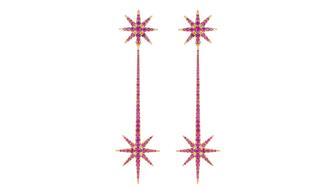The new pink sapphire version of the piece dances with its wearer in the brand’s “Icons After Dark” holiday campaign.
GIA Finds Imitation Emerald Made of Layered Glass
The 3.35-carat stone had a natural beryl core; glass layers were attached to it with a “colorless cement.”

New York—Another gem has surfaced at a lab that was not entirely what it seemed.
A 3.35-carat “emerald” submitted to the Gemological Institute of America’s New York lab turned out to be an assembled imitation gemstone composed of five layers of glass cemented to a beryl core, according to an article by Tyler Smith and Augusto Castillo in the Summer 2018 issue of Gems & Gemology.
The rectangular core was a natural beryl, the mineral species to which emerald belongs, but the crown was a single piece of glass attached to the pavilion, while the pavilion was composed of four asymmetrical glass segments glued to the core using a “colorless cement.”
The imitation stone probably took a while to create using a “laborious multistep cut-and-glue process,” GIA authors said, as indicated by the way the four glass segments in the pavilion are interlocked. 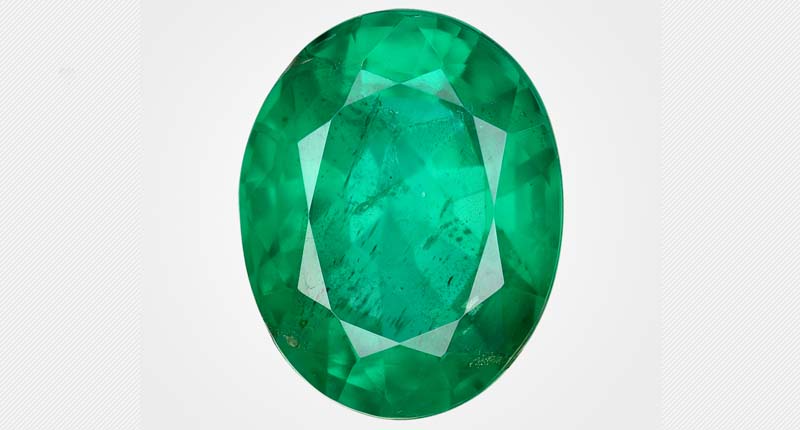
The manufacturing of the piece started by attaching a glass segment to the beryl core. Both were then cut to create a flat surface for a second piece of glass. The second was then added, cut to allow for the third, and so forth.
After all four had been added, the assembled pavilion likely would have been polished flat to allow for the crown, which then would have been attached.
(Check out the original lab note from GIA for a diagram showing the process.)
The article also noted that while assemblages of various materials have long been used to imitate precious stones—with the most common kind using two or more pieces joined together in parallel, layered fashions—GIA researchers weren’t able to find record of another stone assembled using the process applied to this “emerald.”
RELATED CONTENT: Glued-Together Diamond Turns Up at GIAGIA said it was the first time one such assembled stone has been submitted to its New York or Carlsbad laboratories.
Researchers surmise that the imitation emerald was created relatively recently, given the fact that all its exposed surfaces are made of glass and, yet, the facet junctions are still sharp and the stone lacks wear.
“It is intriguing that an antiquated technique is updated in modern times, serving as a cautionary tale of the ingenuity counterfeiters employ,” the authors said.
The Latest

A choice that’s generated a lot of commentary, Pantone says “Cloud Dancer” marks a fresh start and encourages relaxation and creativity.
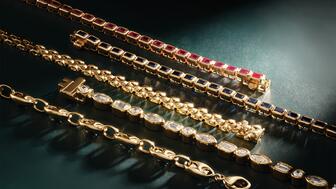
The manufacturer’s holiday campaign features a gift guide filled with trending designs and jewelry that can be personalized.

How Jewelers of America’s 20 Under 40 are leading to ensure a brighter future for the jewelry industry.
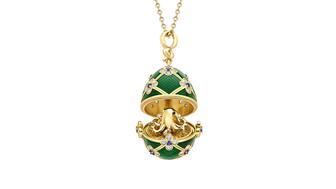
The man was charged with theft, accused of ingesting the necklace while in a jewelry store in Auckland, New Zealand.


The Florida independent expanded its store from 8,000 to 14,000 square feet, fulfilling the vision of its late co-founder, Jim Dunn.

Sponsored by De Beers Group

Roseco’s 704-page catalog showcases new lab-grown diamonds, findings, tools & more—available in print or interactive digital editions.

The classic 5600 series G-Shock has been scaled down to about a tenth of its size, becoming a fully functioning watch ring.

The association’s annual conference and gala will take place Feb. 4, 2026, during the Tucson gem shows.

The January show will include a workshop for jewelry retailers on implementing AI to strengthen their businesses.
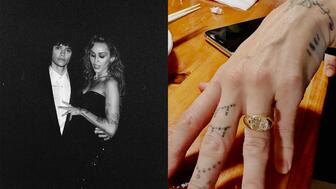
Fellow musician Maxx Morando proposed to the star with a chunky, cushion-cut diamond ring designed by Jacquie Aiche.

The retailer, which sells billions in fine jewelry and watches, is suing the Trump administration and U.S. Customs and Border Patrol.

Black Friday is still the most popular shopping day over the five-day holiday weekend, as per the National Retail Federation’s survey.
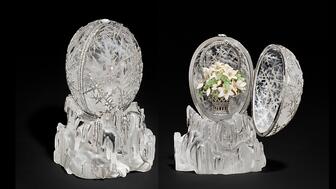
The historic egg, crafted for Russia's ruling family prior to the revolution, was the star of Christie’s recent auction of works by Fabergé.
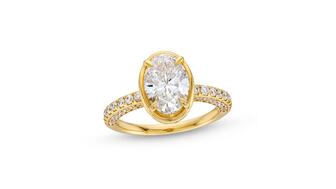
The retailer offered more fashion jewelry priced under $1,000, including lab-grown diamond and men’s jewelry.

The eau de parfum is held in a fluted glass bottle that mirrors the decor of the brand’s atelier, and its cap is a nod to its “Sloan” ring.

Vivek Gadodia and Juan Kemp, who’ve been serving as interim co-CEOs since February, will continue to lead the diamond mining company.

In addition, a slate of new officers and trustees were appointed to the board.

Witt’s Jewelry in Wayne, Nebraska, is the organization’s new milestone member.

Laurs is the editor-in-chief of Gem-A’s The Journal of Gemmology and an expert on the formation of colored gemstone deposits.
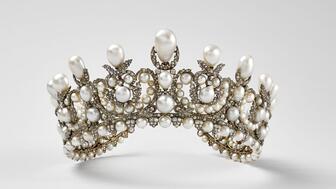
The man, who has a criminal history, is suspected of being the fourth member of the four-man crew that carried out the heist.
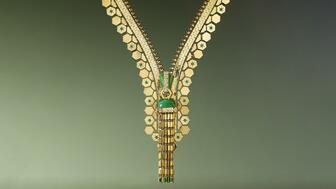
The single-owner collection includes one of the largest offerings of Verdura jewels ever to appear at auction, said Christie’s.

Michael Helfer has taken the reins, bringing together two historic Chicago jewelry names.

The guide features all-new platinum designs for the holiday season by brands like Harwell Godfrey, Ritani, and Suna.

During its Q3 call, CEO Efraim Grinberg discussed the deal to lower tariffs on Swiss-made watches, watch market trends, and more.
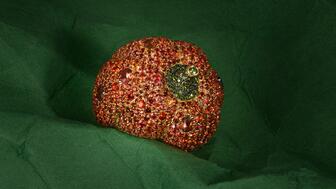
Rosior’s high jewelry cocktail ring with orange sapphires and green diamonds is the perfect Thanksgiving accessory.














